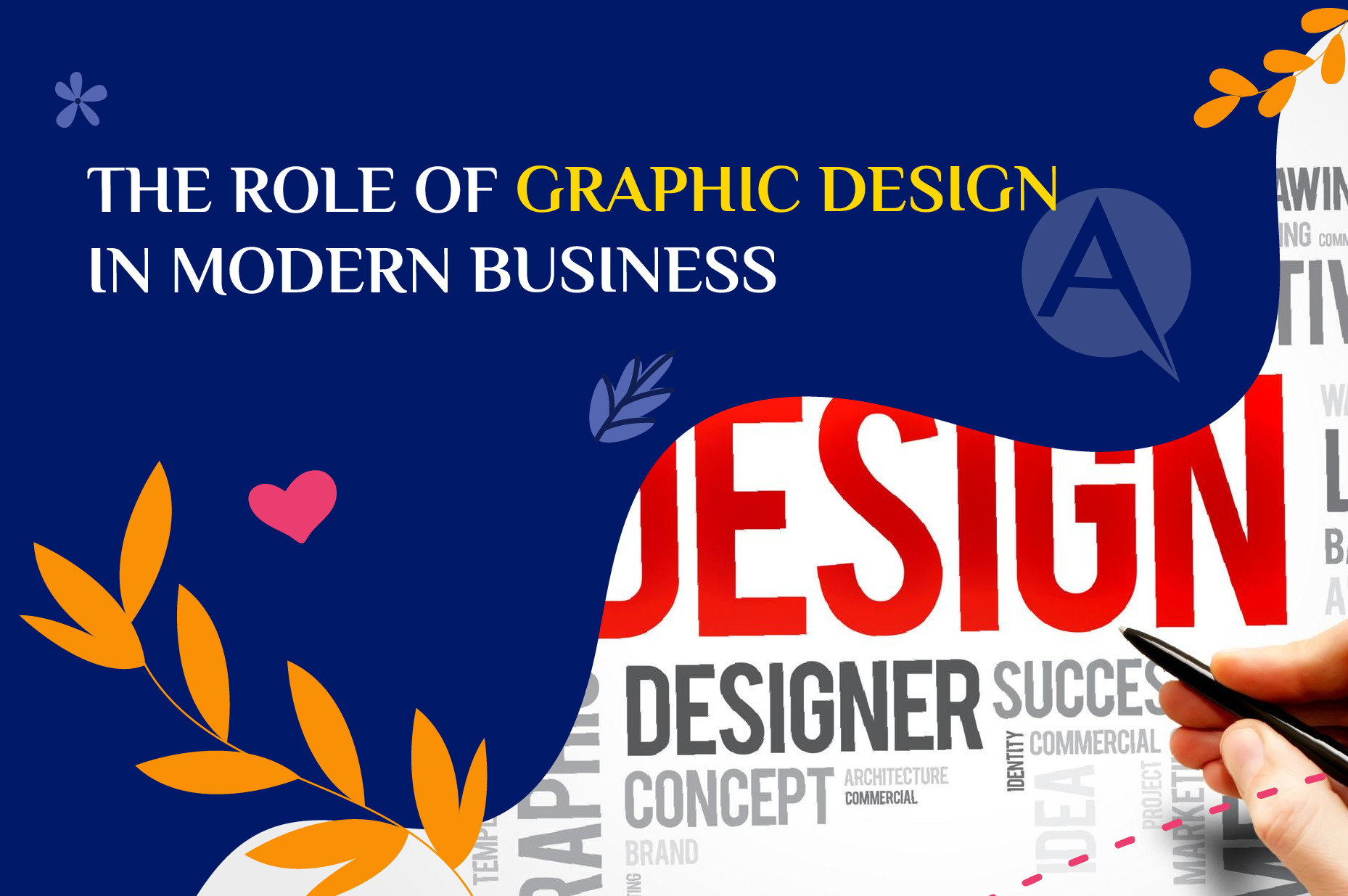

The Role of Graphic Design in Modern Business
Introduction
In today's highly competitive industry, businesses are continuously looking for methods to distinguish themselves from their competitors. One of the most effective approaches is to apply graphic design strategically. At AastraZen Technologies, we realize how important visual design is in defining brand identity and influencing consumer impression. This blog will look at how graphic design helps modern businesses succeed, the factors that make it effective, and the impact it has on brand identification.
What is Graphic Design ?
Graphic design is the art and practice of developing visual material to convey messages. Designers provide visual solutions for branding, advertising, and digital media by combining text, photography, and color. It combines creativity and technology to create visually appealing and practical designs that grab people's attention and efficiently communicate information. Graphic design, which includes everything from logos and websites to marketing materials and user interfaces, is essential for molding perceptions, improving user experiences, and creating brand identities. Its influence extends across industries, making it a necessary component of current communication and marketing strategy.
Role of Graphic Design in Modern Business:
1. First Impressions Matter
The first experience a potential buyer has with a brand is usually visual. Whether it's a logo, a website, or a social media presence, these aspects quickly express the spirit of the brand. Graphic design ensures that these visual aspects are not only appealing but also reflect the brand's values and message. A well-designed logo, for example, may trigger emotions, instill trust, and make the brand distinctive. It's the first step in connecting with your audience, and in business, first impressions count.
2. Consistency Across Platforms
Consistency is an important part of establishing a strong brand identity. Graphic design guarantees that a brand's visual aspects are consistent across all platforms, including the corporate website, social media accounts, print materials, and advertising. This consistency serves to strengthen the brand's identity, making it clearly identifiable no matter where it is encountered. When clients see the same colors, typefaces, and design components across several media, it reinforces their view of the brand as trustworthy and professional.
3. Communicate Brand Values
Graphic design is more than simply providing visually attractive information; it also involves expressing the brand's values and personality. The use of colors, typefaces, and artwork may all reflect a brand's attitude. For example, a sustainability-focused firm may employ earthy tones and nature-inspired designs, whereas a technology company may utilize sleek, futuristic images. These design decisions help explain the brand's values and attract the correct audience.
4. Enhancing the User Experience
In today's digital world, user experience (UX) is an important part of brand identification. Graphic design contributes significantly to UX by developing interfaces that are not only visually beautiful, but also intuitive and user-friendly. Whether it's a website, app, or product packaging, effective design improves the user experience and makes it simpler for people to connect with the business. This favorable contact reinforces the brand's identity since buyers are more likely to link it with a pleasant and easy experience.
5. Establishing Trust and Credibility
A well-designed brand emanates professionalism and attention to detail, which fosters confidence and credibility among the audience. Customers are more inclined to trust brands that appear polished and professional. Graphic design ensures that every visual aspect, including the logo and packaging, symbolizes the brand's dedication to excellence. This trust is essential for developing long-term client relationships and converting them into committed brand champions.
6. Standing Out in a Competitive Market
In a congested market, distinctiveness is critical to success. Graphic design enables organizations to stand out by building a distinct visual identity that distinguishes them from competition. Graphic design, whether via unique packaging, striking logos, or creative advertising, provides organizations with the edge they need to catch attention and make a lasting impression. A good visual identity not only entices clients, but also keeps them returning.
7. Adaptation and Evolution
As organizations develop and adapt, so should their brand identity. Graphic design enables companies to adjust their visual identity to reflect market trends, client preferences, or the company's direction. This flexibility is critical for remaining relevant and building a strong brand over time. Whether it's a comprehensive rebranding or modest changes to the logo and design components, graphic design keeps the brand fresh and relevant to its target audience.
Conclusion
In today's industry, graphic design is more than simply a stylistic element; it is a strategic instrument that forms brand identification and determines how the world views a brand. Graphic design is critical to company success because it creates a good first impression, builds trust, improves user experience, and differentiates the brand in the market. Businesses that engage in high-quality design may build a strong visual identity that connects with their target audience and generates long-term succes.

